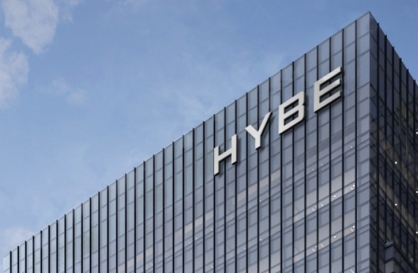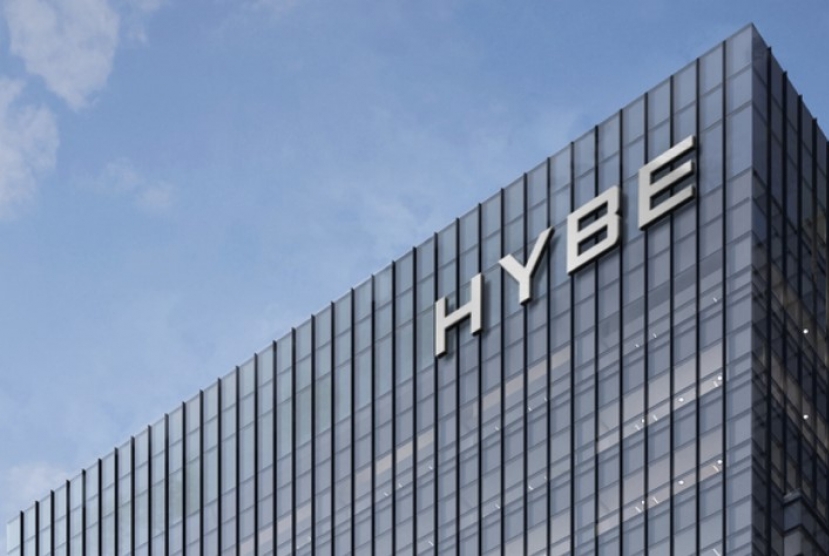Moon’s solar power initiative pays heavy price by cutting down 2.3m trees
Mountainside solar farms emerge as main culprit for triggering landslides amid downpour, despite some doubts
By Kim Byung-wookPublished : Aug. 10, 2020 - 18:13

South Korean President Moon Jae-in is facing severe criticism amid the longest and deadliest monsoon season in South Korea, as his push for solar power has left the whole nation susceptible to landslides.
With 12 landslides reported from mountainside solar farms as of Sunday, concerns are mounting over additional incidents as Moon’s drive for solar farms in recent years has eradicated a natural deterrent against landslides: trees.
According to Korea Forest Service, a total of 2.32 million trees were cut down for building 4,902 hectares of solar farms on mountainsides from 2017 to 2019. After taking office in 2017, Moon pledged to generate 20 percent of the nation’s electricity with renewable energy sources by 2030. To meet this goal, his administration has since been doling out subsidies for electricity generation by renewable energy sources including solar power.
“Mountainside solar farms are built on slopes in the shape of staircases. After days of downpour, water pooled on each floor and eroded the ground on which the solar farms have been built. The ground, after reaching its limit, eventually collapsed and the rainwater gushed out all at once with sludge. The deluge damaged 12 neighborhoods on the lower grounds,” a KFS official said.
“Of 12 mountainside solar farms that triggered landslides, five were built in the 2017-2019 period.”
From Wednesday to Sunday, a task force comprised of 342 KFS officials conducted emergency safety checks on 2,180 mountainside solar farms within a 300-meter radius of facilities including farmhouses and stables.
As for reasons for the landslides, experts pointed out damages solar farms inflicted on the ground when they were built.
“Mountainside solar farms have a direct link with the landslides. After extensive construction of such solar farms, the mountain’s structure and the ground’s rigidity have to be restored. However, restorations are rarely done,” said Lee Young-jae, a civil engineering professor at Kyungpook National University.
“When a fork lane digs out trees, it stirs up the solid ground and makes the soil all crumbly. As rainwater seeps inside, there is a higher chance for the crumbly soil run down the slope. For solar farms, their priority is profit, not landslides, so not enough attention is paid to landslides,” said Lee Su-gon, a former civil engineering professor at the University of Seoul.
However, there were others who contradicted the argument.
“Of 667 landslides reported in August, only 12 were from mountainside solar farms, so it’s difficult to find a direct cause,” another KFS official said.
“Though it’s unclear whether the installation of solar farms contributed to the landslides, mountain slopes are danger zones in the first place. Even if there are trees, there is a high risk of landslides in evergreen forests with shallow roots,” said Park Chang-geun, a civil engineering professor at Catholic Kwandong University.
Statistics also show a weak correlation between mountainside solar farms and landslides. In 2018, areas of newly built solar farms and the amount of rainfall both increased substantially. However, landslides only decreased 40 percent in the same period.
More rain is expected as typhoon Jangmi made landfall in the Korean Peninsula on Monday.
By Kim Byung-wook (kbw@heraldcorp.com)




![[Herald Interview] 'Amid aging population, Korea to invite more young professionals from overseas'](http://res.heraldm.com/phpwas/restmb_idxmake.php?idx=644&simg=/content/image/2024/04/24/20240424050844_0.jpg&u=20240424200058)














